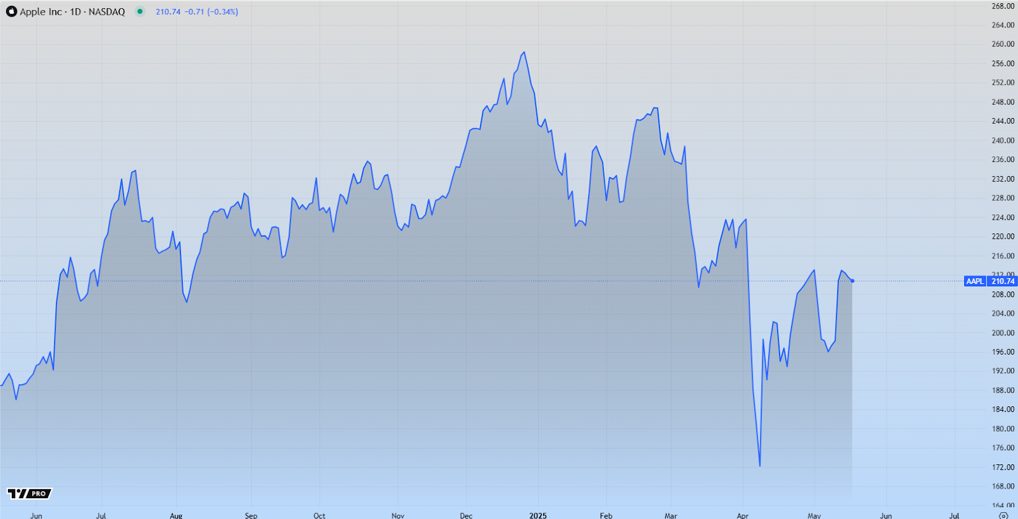Video game craze hit the world in the late 1970s and early 1980s when arcade machines and video game consoles started to spread. However, gaming was seen at that time as anti-social, as most games only included single-player modes. Even when multiplayer games started to pop up, you could still play them with no more than a few of your friends.
Video gaming community demanded massive multiplayer games where a large group of players can join in and compete against each other on a global scale. Even when the Internet found its way into our homes, the connections were tediously slow for such games to exist or be practical. However, as technology got more advanced and Internet connections became faster, there was more room for online gaming to evolve.
In this article, we will explore how Internet gaming became such an integral part of our lives, and what sort of Internet games exist today.

LAN Party
While Internet gaming technically existed prior to the 1990s, it was not until 1993 and the invention of LAN party that the idea of competitive online gaming got popularized. At that time, people used LAN (local area network) to connect and play multiplayer games with their friends. The games like Doom, Quake, and later Counter-Strike, started to get played all across the globe. The year 1997 saw the historic Quake tournament where the grand prize was a Ferrari car.
Although some of the first online games were made in the 1990s, that decade can’t really be described as a breaking point for modern gaming. As Internet games were expensive to make and the connections were still not fast enough, the idea of online gaming simply didn’t catch on. Some consoles tried to make an effort to push people towards their online platforms, but not a lot of them had any real success. Then, the new millennium came, and everything changed.
The New Millenia
After Y2K, gaming consoles that had online capabilities were still a bit ahead of their time, as most people were continuing to play games in more “traditional” ways. Nevertheless, the consoles pushed towards the Internet world even further. The year 2002 saw the release of Xbox that was supposed to rival Sony PlayStation and Nintendo. The release of Halo was an instant success, and it encouraged online playing that finally seemed to have caught on.
But playing games was not the only thing that you could now do online. Earlier, games needed to be purchased at stores. So, by 2004, Sony, Nintendo, and Xbox all opened their own marketplaces where gamers could simply buy the titles they were interested in.
At the same time, massive multiplayer games for PCs started to have their outbreak, and World of Warcraft has millions of active players even today.
The Rise of Mobile Gaming
For many years, video games could only be projected through TVs or computer screens. This basically meant that you could play only inside your home or at a friend’s house. People demanded from games to become more mobile, and the first inventions that would cater to such demands came in the late 1980s. The Nintendo Game Boy was a huge hit, but the visual quality of games it offered was sub-par.
The same goes for mobile phone games. Nokia’s first Snake game was released in 1997, and although it was addictive and fun, it had its own limitations. It wasn’t until the beginning of the smartphone era that mobile phone games started to become more popular. Today, the graphics and mechanics of smartphone games are closer to computer games as ever before. Casinos and sportsbooks even started taking advantage of this technology, and many PA online casinos offer a bunch of different slot games that you can play on your smaller device.
The Future of Internet Gaming
The concept of online purchasing, playing, and competing on global leaderboards is here to stay. The only thing that seems to be evolving are the devices we use to play games. Virtual reality sets are still in their early stages, but just like online gaming, they are destined to become widely accepted. The VR headset called Oculus Rift is currently the most popular gaming device of this kind, and some newly released games are compatible with it.
A lot seems to be changing in a short period of time when it comes to video games and the technology behind them. Less than two decades ago, online gaming looked like a farce, but today we almost can’t imagine games without the world wide web. It would be interesting to see how Internet gaming will look like in the future, and what new innovations shape the video game world.




